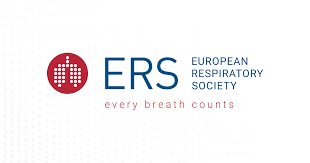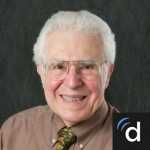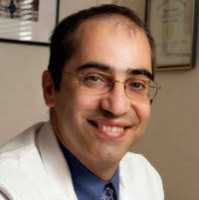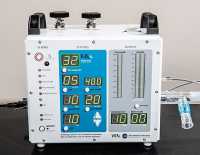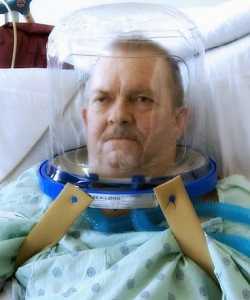Please seek immediate attention if you are experiencing severe shortness of breath or difficulty breathing.
Asthma is a chronic respiratory condition that affects millions of individuals worldwide. It can cause significant discomfort and, if not managed properly, may lead to severe health complications. Fortunately, asthma can be effectively managed with the proper treatment and lifestyle adjustments. This article provides a guide on controlling asthma, including medical treatments, lifestyle modifications, and prevention strategies.
What is asthma?
Asthma is a chronic respiratory condition that causes inflammation and narrowing of the airways, making it difficult to breathe. It is triggered by various factors, including allergens, irritants, and infections, and can affect individuals of all ages. Effective asthma management involves medication and lifestyle adjustments to prevent flare-ups and control the condition. Asthma manifests in different forms, each requiring specific management strategies:
●
Allergic asthma: Triggered by allergens such as pollen, dust mites, and pet dander.
●
Non-allergic asthma: Influenced by factors like stress, infections, and weather changes.
●
Exercise-induced asthma: Occurs during physical activity, causing breathing difficulties.
●
Occupational asthma: This develops due to prolonged exposure to irritants in the workplace.
●
Childhood asthma: Affects young individuals and often improves with age.
●
Adult-onset asthma: Develops later in life and may be more persistent.
●
Brittle asthma: A rare and severe form of asthma that is difficult to control and prone to sudden, life-threatening attacks despite treatment.
(more…)








